
Monument-ensemble 'Heroes of the Battle of Stalingrad' in Volgograd.
Legion MediaThe title of ‘Hero City’ was given to 12 cities in the Sovet Union, for the heroism and bravery of their defenders and valor shown in the fight against the Nazis and their allies in the course of World War II. Nine of them are in today’s Russian Federation, two in Ukraine and one in Belarus. There, you will also find the Brest Fortress, which was given a unique title - that of a ‘Hero Fortress’.
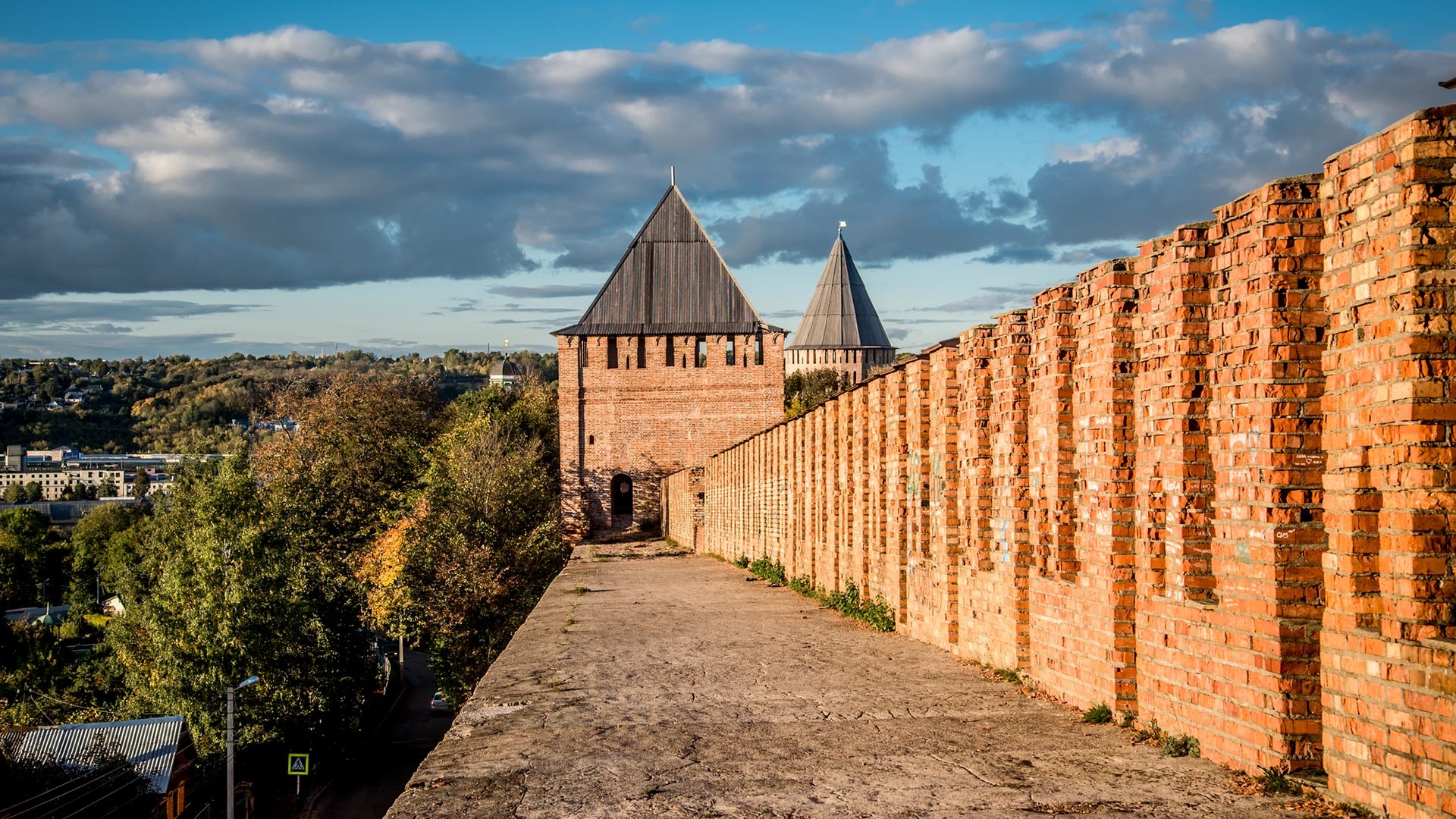
Smolensk fortress wall.
Legion mediaIn mid July, 1941, the German Army Group Center broke through to Smolensk, known since time immemorial as “the Western shield” of the Russian state, and captured the majority of the city. Three Soviet armies simultaneously found themselves in the cauldron, valiantly continuing to engage in fierce resistance.
Bloody battles raged on every street and in every building. Some city districts passed from one side to the other and back, while losses in some units amounted to half their personnel. In early August, Soviet armies left Smolensk for good and broke through the barrier with heavy losses. The enemy, however, was also on its last leg and lost precious time that was badly needed to fulfill their plan of moving on Moscow before the cold struck.
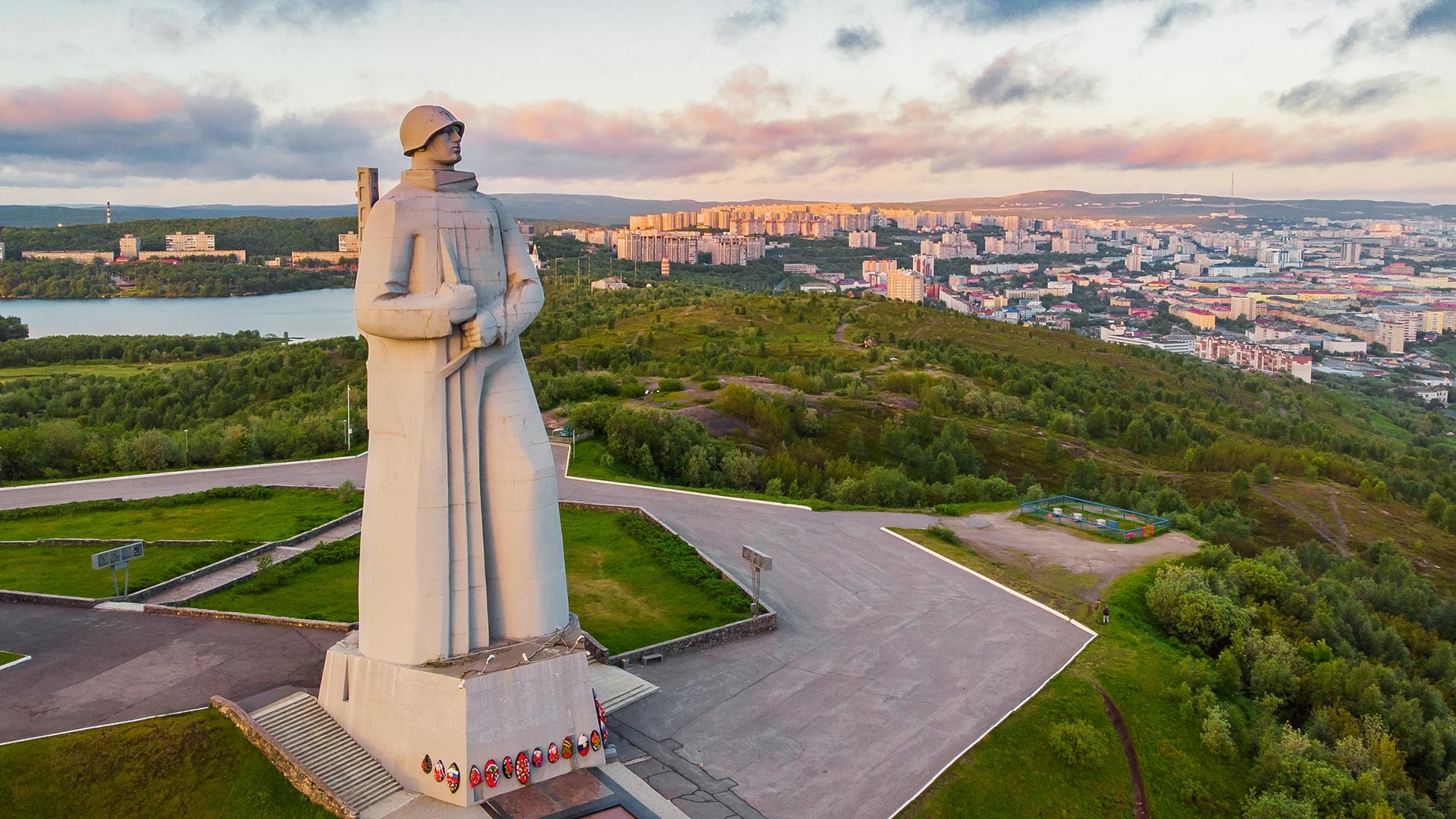
'To the Defenders of the Soviet Arctic during the Great Patriotic War' monument in Murmansk.
Legion mediaSituated only several hundred kilometers from the Finnish border, the large non-freezing port of Murmansk was seen by German command as easy prey. However, the cleverly calculated defense mounted by the Red Army and successful operations by the Northern Fleet (including the landing party at the Boshaya Zapadnaya Litsa Gulf in July-August, 1941) sabotaged the German and Finnish assault.
Having been defeated, the enemy subjected Murmansk to a massive bombardment. The sheer amount and density of that bombardment was second only to Stalingrad. In October, 1944, in the course of the Petsamo-Kirkenes operation, the Red Army decisively repelled the Wehrmacht.
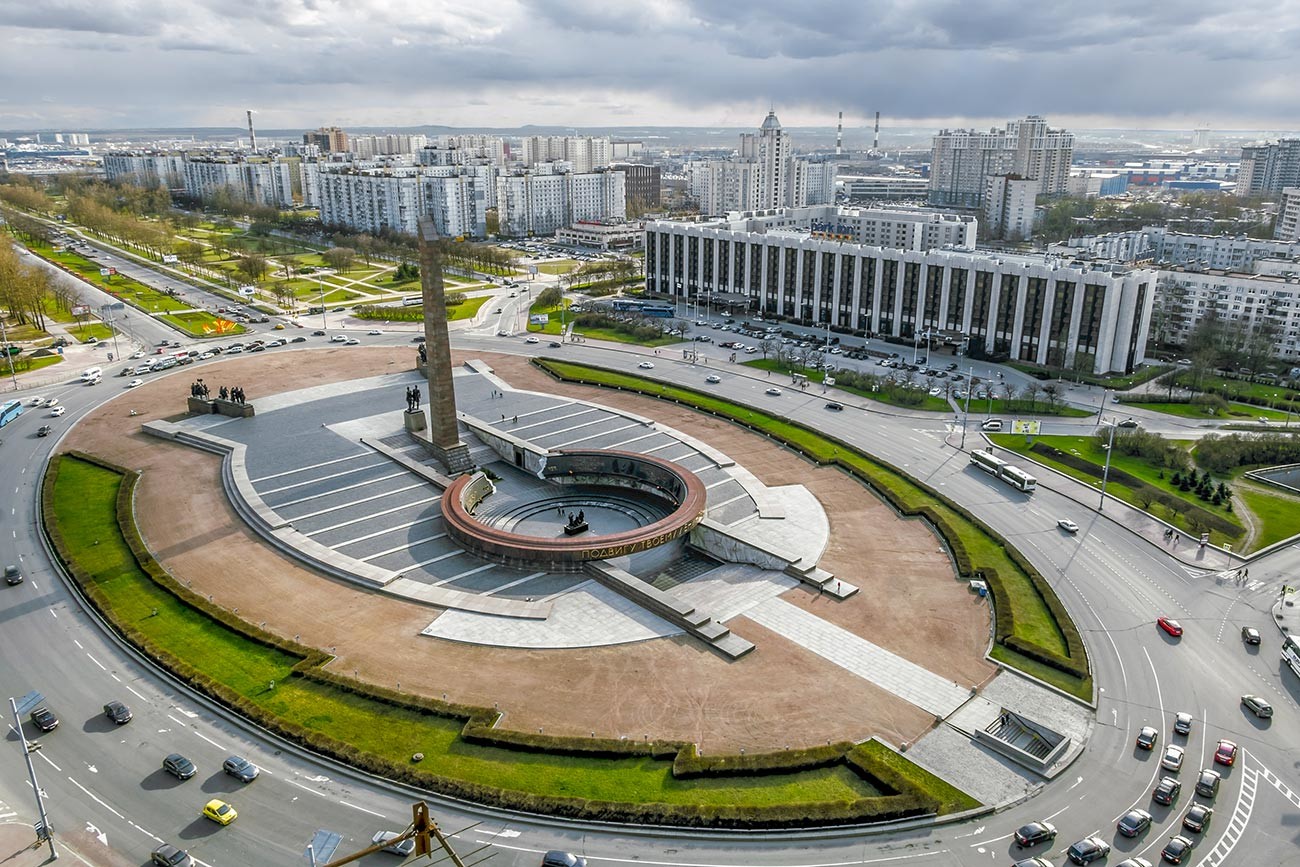
Victory Square in Saint Petersburg.
Legion mediaOn September 8, 1941, the second most important city in the Soviet Union was completely blockaded from land by armies of the Army Group North and their Finnish allies. The only artery connecting Leningrad to the “big land” was the aquatic passage by way of Lake Ladoga.
In the 872 days that Leningrad was under siege, it had to survive numerous air attacks, artillery barrages and brutal famine that claimed the lives of 600,000 of its inhabitants. Nevertheless, having turned into a powerful stronghold, the city survived until the full lifting of the blockade on January 27, 1944.

Victory Park in Moscow.
Legion mediaOn September 30, 1941, the troops of the Army Group Center were on their way to fulfilling Operation Typhoon to capture Moscow. The fall of this most important political center and large transport hub of the country would have resulted in untold consequences for the Soviet Union, putting in question the very prospect of Soviet survival.
The capital was defended by regular Red Army soldiers, as well as the civilian population, which was busy building defensive fortifications on approaches to the capital. Having exhausted the Germans in fierce battles and successfully waiting out the arrival of reinforcements from Siberia and the Far East, on December 5, Soviet forces mounted a full-scale counteroffensive. The overwhelmed enemy - that was all but certain of its success, was pushed back 100-250 km.
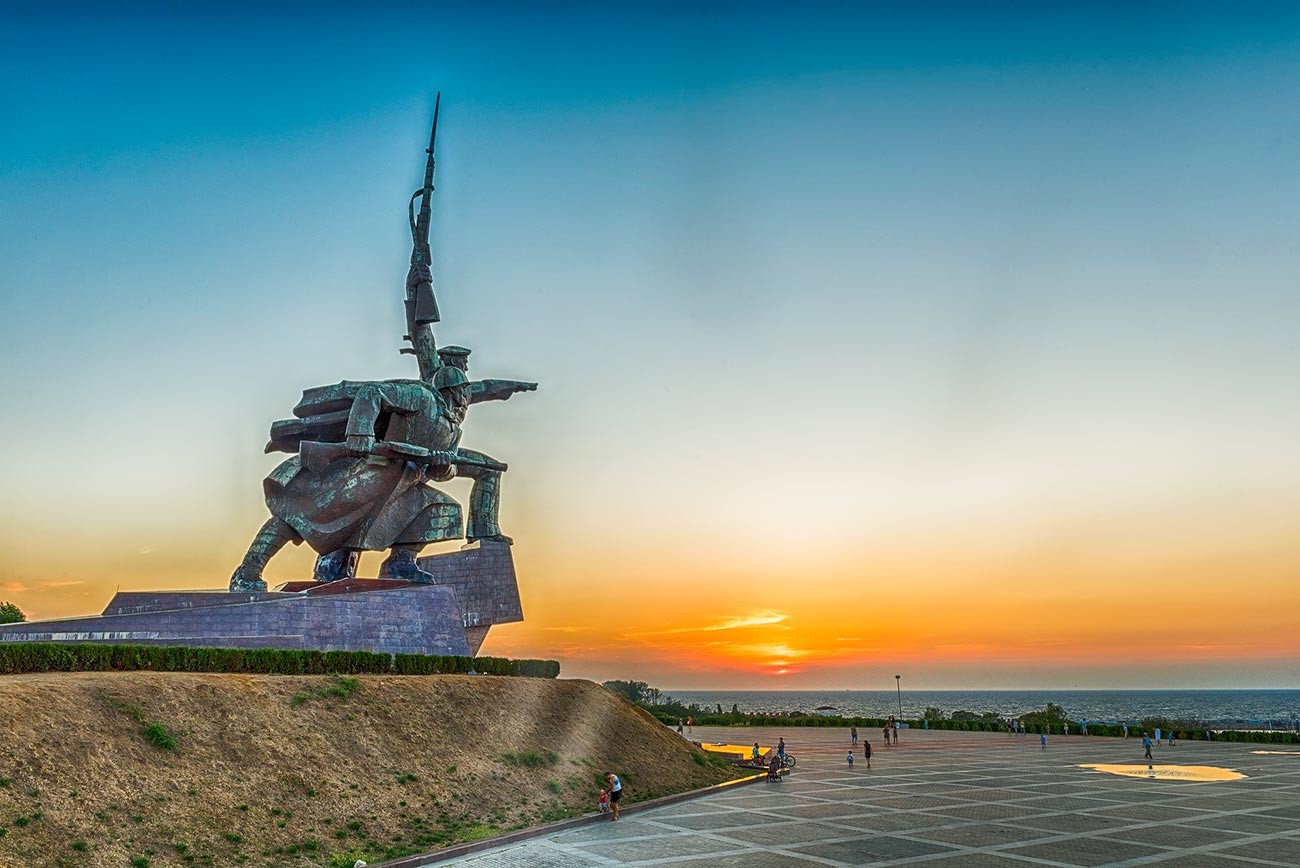
Monument 'Soldier and Sailor' in Sevastopol.
Legion mediaIn October, 1941, the defense of Sevastopol, the main Black Sea Fleet base, had begun, lasting 250 days. Having been cut off from the main forces, the city valiantly repelled the enemy that outnumbered and outgunned it both at sea and on land.
The defenders managed to stop two assaults, but after the third attempt, it became clear that exhausted Soviet troops could not hold the city. In July, 1942, Sevastopol was lost and it would only be two years later, on May 9, 1944, that the Red Army would manage to reclaim it.

Memorial Complex 'To Defenders of Motherland Sky' in Tula.
Legion mediaSituated south of Moscow, Tula and the capital both lived through the worst days of the war in October-November, 1941 - the peak of the Germans’ Typhoon assault. The city was within inches of being completely surrounded by the enemy, but thanks to the brave resistance of the Soviet troops and the constant counter-offensives, it was spared a most horrible fate.
The successful defense of Tula tied up part of the German forces and prevented Heinz Guderian’s 2nd Panzer Group from reaching Moscow from the south. On October 6, 1941, a day after their comrades near Moscow, Soviet forces stationed under Tula switched to a full-scale counter-offensive and pushed the Germans back some 130 km from the city.
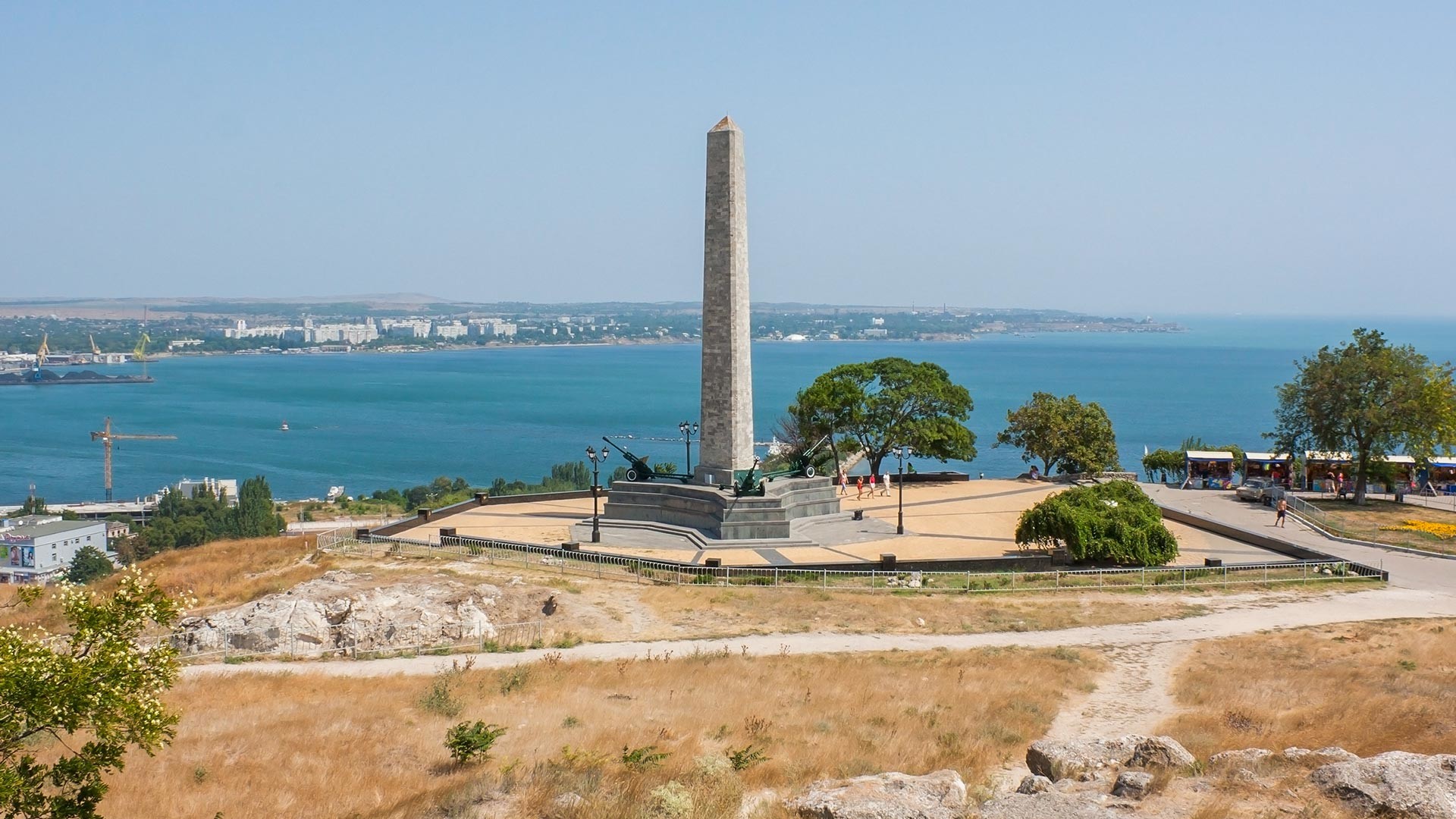
Obelisk of Glory on Mount Mithridat in Kerch.
Legion mediaThis ancient city in the eastern part of the Crimean Peninsula had to become the battleground of bloody clashes several times in the course of the war. In November 1941, Kerch was captured by Erich von Manstein’s 11th Army, but already on December 30, Soviet landing party disembarked on the peninsula, winning it back. In May 1942, the city had had to be abandoned again and it remained under Nazi occupation right up until April 11, 1944.
In the course of the battle, Kerch was almost completely destroyed. Author and war correspondent Petr Pavlenko, who visited it in 1942, recalled: “When I saw Stalingrad, it didn’t shock me, for I had already visited Kerch.”
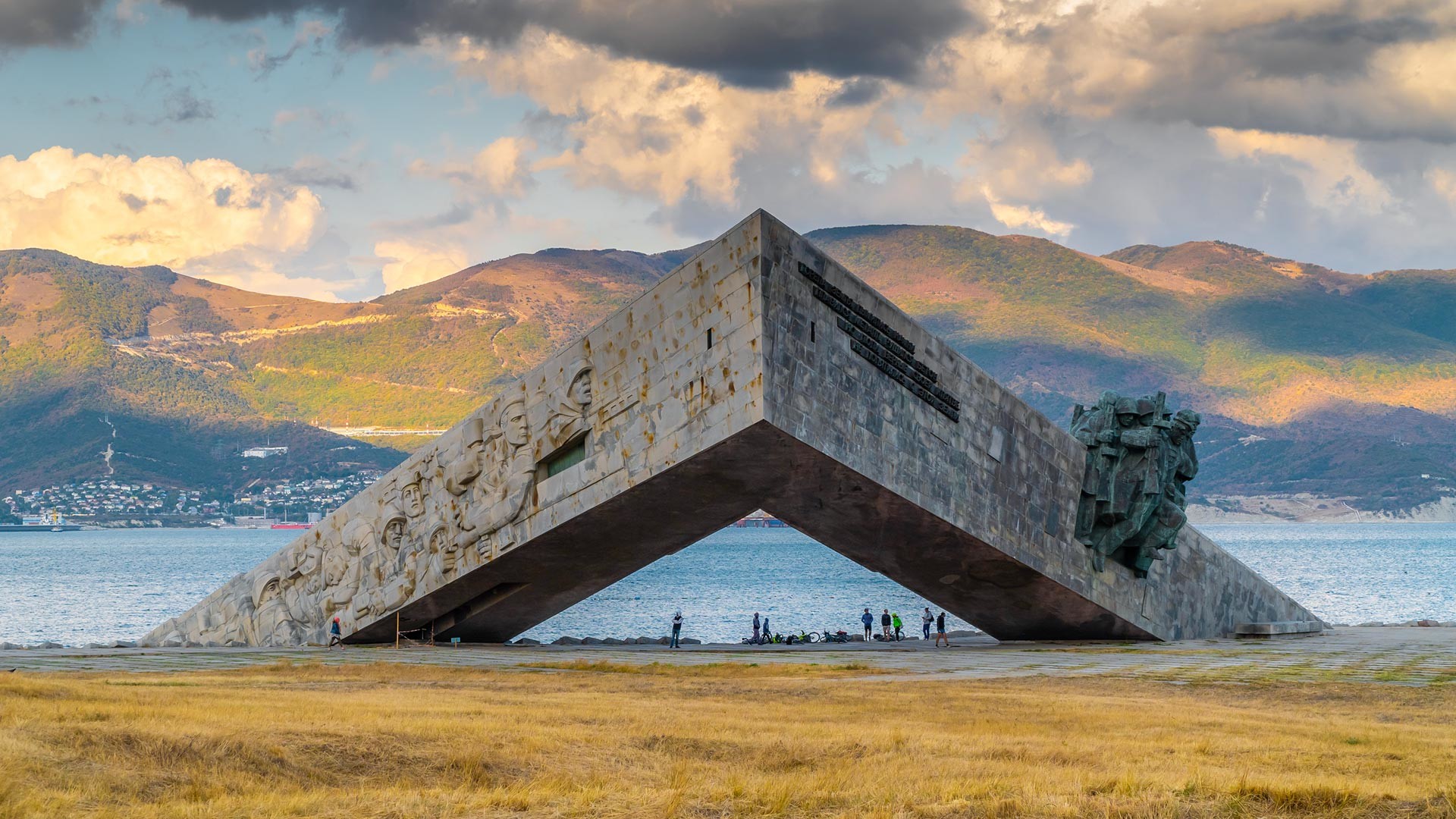
Memorial 'Malaya Zemlya' in Novorossiysk.
Legion mediaSeptember 1942 saw fierce struggles for a vital Soviet Black Sea port - Novorossiysk. Having sustained immense losses, the Germans never managed to capture the entire city, leaving the south-eastern part in the hands of Soviet forces.
The winter of 1943 saw the first major attempts at freeing the city. On February 4, the Soviet landing party, commanded by Major Cesar Kunikov, disembarked in the southern part of the city. The Soviet forces managed to take the 30-square-kilometer bridgehead and hold it for 225 days. It was from the ‘Malaya Zemlya’ ('Small Land', the name that would later be given to the plot of land) that one of the three Red Army groups attacked. On September 16, 1943, they would liberate the city entirely.

Monument-ensemble 'Heroes of the Battle of Stalingrad' in Volgograd.
Legion mediaThe first - defensive - stage of the Battle of Stalingrad was especially tough for Soviet forces. During the course of fierce clashes, they had lost a substantial part of the city, which was practically raised to the ground, and made their retreat toward the Volga River, where, completely exhausted, they mounted their final defense.
Using the fact that the Germans were tied up in urban fighting, on November 19, 1942, the Red Army mounted a surprise large-scale counter-offensive, surrounding the 6th Army of the Wehrmacht and, finally, defeating it. Never before had the Third Reich experienced such a catastrophic defeat. It was the Battle of Stalingrad that became the tipping point in the war on the Eastern Front.
If using any of Russia Beyond's content, partly or in full, always provide an active hyperlink to the original material.
Subscribe
to our newsletter!
Get the week's best stories straight to your inbox